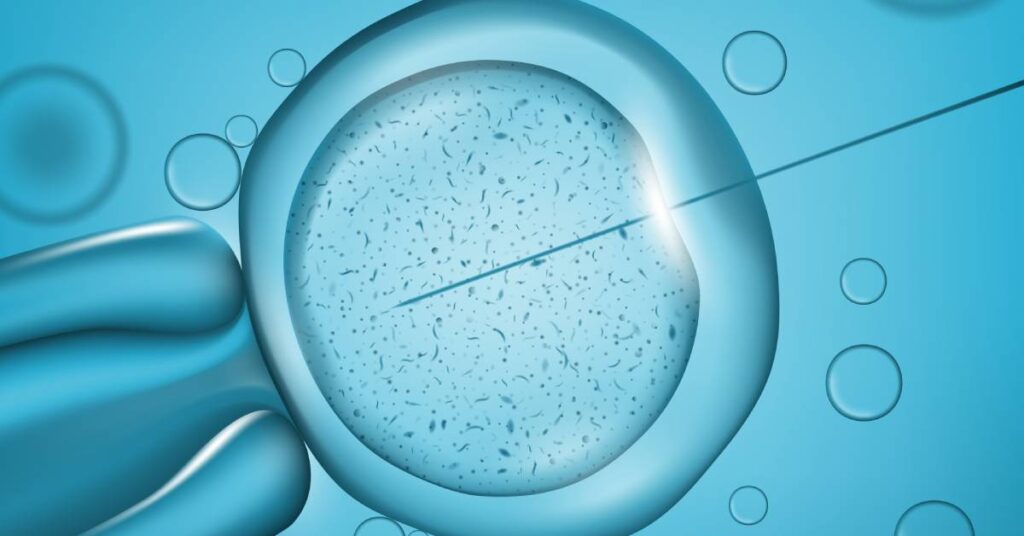Biocompatibility evaluations, such as cytotoxicity testing, play a crucial role in the manufacturing of safe medical devices. Without undergoing these very specific tests, manufacturers can’t ensure the safety and dependability of their medical devices.
Understanding what cytotoxicity tests are and why they’re so important in the medical sector helps businesses find the right laboratory services to achieve compliance for their devices. Read on to learn more about how cytotoxicity tests work and the role they play in medical device regulatory approvals.
An Introduction to Cytotoxicity Testing
Cytotoxicity testing is a form of biocompatibility testing that involves the study of tissue cells in vitro after coming into contact with medical devices. The test evaluates how the medical device affects cell growth and cell reproduction, as well as morphological effects. By passing cytotoxicity testing, manufacturers ensure that their devices can safely come into contact with the human body, particularly with internal tissues – without causing harmful reactions.
Cytotoxicity tests are an efficient and straightforward way to test for toxicity in medical devices. The procedure is also incredibly sensitive because it involves removing cells from the body’s natural defense systems against cytotoxins. This creates more precise results and stricter safety standards for medical devices.
Qualitative vs. Quantitative Cytotoxicity Methods
There are two ways to test medical devices for cytotoxicity.
The first method involves qualitative tests that specifically look for the severity of changes as a result of cytotoxicity. This means evaluating measures like altered cell size, configuration, or growth. Scientists rank qualitative cytotoxicity tests on a scale of zero to four, with zero indicating no reaction among the cells and four indicating severe reactions occurred among the cells.
Quantitative cytotoxicity tests, on the other hand, focus on the number of cells that show the effects of cytotoxins. This method pays attention to the percentage of cells that experience inhibited growth or cell death after contact with the medical device.
Cytotoxicity Tests in Reusable Medical Device Design
Cytotoxicity tests are important because they test biocompatibility between tissue cells and medical devices and make sure that the devices are safe to use on patients. This process plays a significant role in overall material compatibility validation, which is necessary for safe usage as well as reliable sterilization of reusable medical devices.
Succeeding in biocompatibility tests—alongside material compatibility and sterilization efficacy tests—is the key to meeting many regulatory standards. This allows manufacturers to create and distribute medical devices that are safe to use over and over again in medical settings.
HIGHPOWER Labs understands the importance of comprehensive sterilization validation for medical devices. Learn more about how our validation services can help you achieve regulatory compliance when you contact us today.
